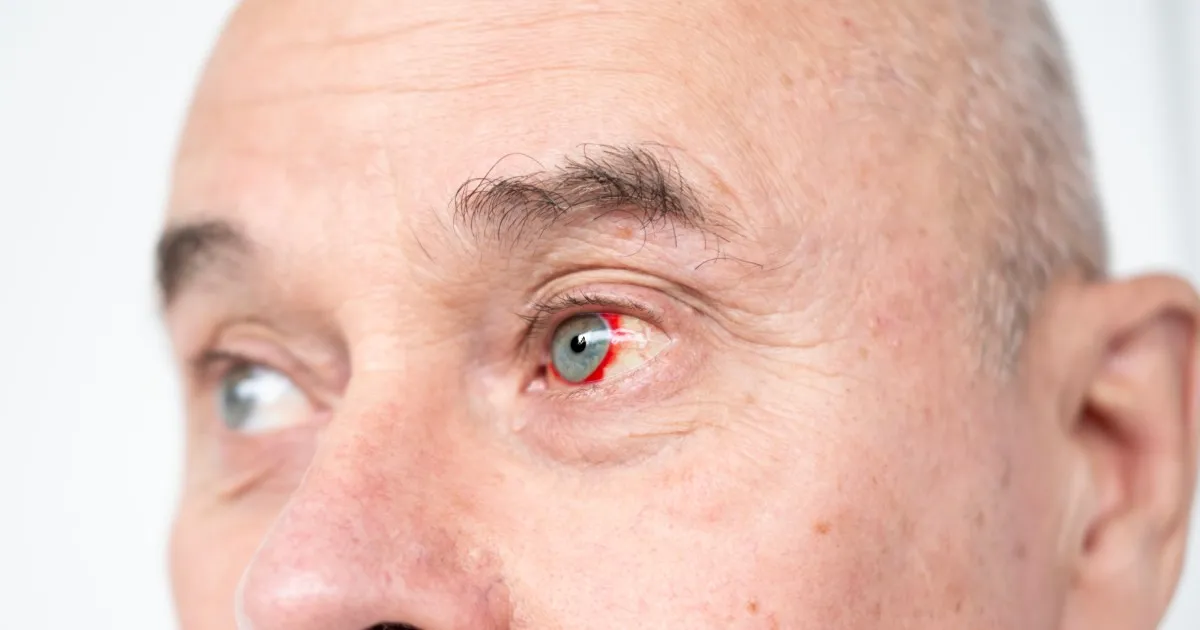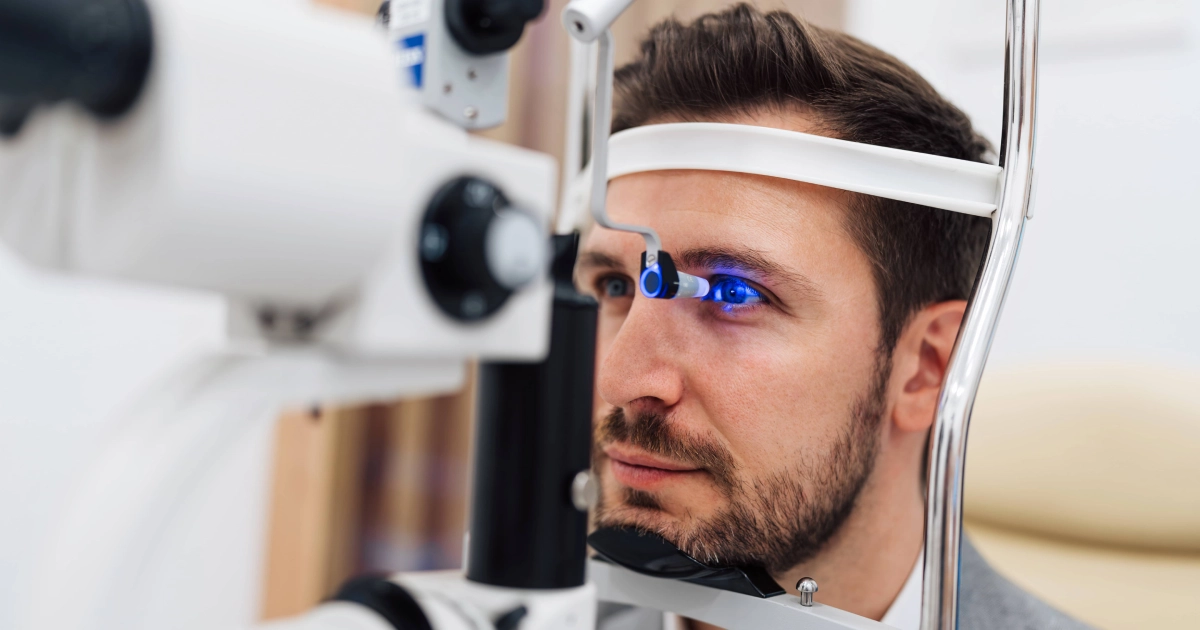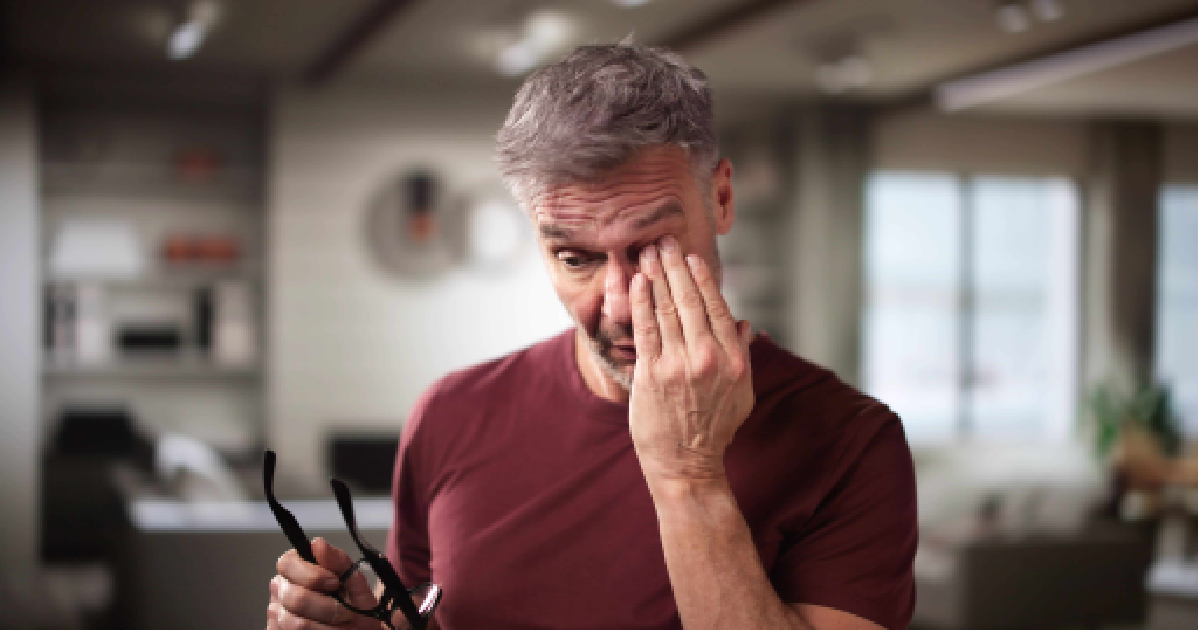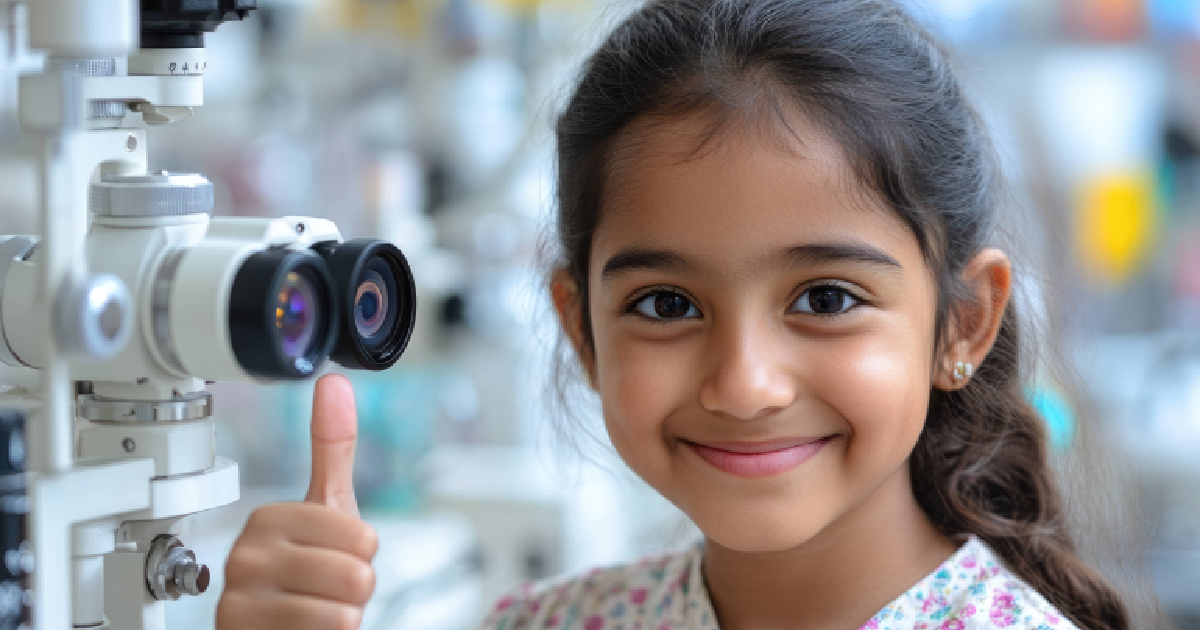Table of Contents
Nearsightedness, or myopia, is a disorder that causes close-up objects to appear clear while distant objects appear blurry. This illness has become more common in recent years due to lifestyle reasons, including less outdoor activity and more screen time. It affects both adults and children. Myopia can be efficiently treated, but early intervention is essential to limit its progression and maintain long-term vision quality.
In this post, we’ll explore the common treatments for myopia and answer some of the most frequently asked questions regarding myopia management in Glenview, IL. Several ways exist to manage myopia and improve visual comfort, from specialized myopia control lenses to lifestyle changes.
Understanding Myopia: Causes and Symptoms
The most common cause of myopia is an excessively long front-to-back eye, which causes light to focus in front of the retina instead of directly on it. As a result, eyesight becomes blurry when viewing far-off objects. Since offspring of myopic parents are more prone to develop myopia, genetics plays a significant part in the condition. Furthermore, prolonged close-up labor (such as reading or using digital devices) and prolonged indoor time have been associated with an increased risk of myopia, particularly in children.
Recognizing the Signs of Myopia
Early detection of myopia is essential, especially in children. Symptoms may include:
- Blurry vision when looking at distant objects
- Squinting or frequent blinking
- Headaches caused by eye strain
- Difficulty reading the blackboard at school
If these symptoms are observed, it is advisable to consult an eye care professional for an assessment.
Myopia Management in Glenview, IL: Available Treatments
Several effective treatment options can slow down the progression of myopia. The choice of treatment largely depends on factors like age, myopia severity, and individual lifestyle. Here are the most common treatments available today.
1. Glasses and Contact Lenses for Myopia
Glasses and standard contact lenses are the most common and straightforward ways to correct myopia. These devices help refocus light on the retina, providing clearer vision. While they do not prevent myopia from worsening, they improve visual clarity.
For children, myopia management lenses (discussed below) offer additional benefits by slowing down the rate of progression, which can help maintain eye health over time.
2. Myopia Control Lenses
Myopia control lenses are a newer option for managing nearsightedness in children. These lenses are designed to reduce myopia progression while providing clear vision. Myopia control lenses come in two primary forms:
- Multifocal Contact Lenses: These specialized lenses have multiple prescription zones to help the eye focus light correctly and reduce the rate of myopia progression. Studies suggest that multifocal lenses are effective for myopia management, making them suitable for active children and teens who are comfortable with contact lenses.
- Orthokeratology (Ortho-K) Lenses: Ortho-K lenses are rigid gas-permeable lenses worn overnight. These lenses gently reshape the cornea while sleeping, allowing clear vision during the day without needing glasses or contacts. Ortho-K lenses can slow down myopia progression in children, making them popular among parents seeking non-invasive treatment options.
These lenses require regular monitoring by an eye care professional to ensure the best results and should be fitted by a trained provider.
3. Low-Dose Atropine Eye Drops
Low-dose atropine eye drops have emerged as a promising option in myopia management. These drops are applied once a day and have been shown to slow down myopia progression in children. Atropine eye drops work by temporarily relaxing the eye’s focusing mechanism, which may help reduce the eye elongation rate. The low dosage for myopia management minimizes potential side effects, and most children tolerate the drops well.
It’s essential to have these drops prescribed and monitored by an eye care professional, as they require ongoing evaluation and adjustment for optimal results.
4. Lifestyle and Behavioral Adjustments
Research has shown that certain lifestyle adjustments can help reduce myopia progression, especially in children. Here are some effective habits:
- Increase Time Outdoors: Studies indicate that spending at least two hours a day outdoors can slow myopia progression in children. Natural light and long-distance focusing play a role in this benefit.
- Limit Screen Time: Extended close-up activities like screen use, reading, and other near tasks should be balanced with regular breaks. A good rule is the “20-20-20” rule: every 20 minutes, look at something 20 feet away for 20 seconds.
- Encourage Balanced Visual Activities: Engage in various visual tasks that require different focusing distances, such as playing outside, engaging in sports, or other activities that require distance vision.
5. LASIK and Refractive Surgery for Adults with Myopia
While myopia management focuses on slowing the condition’s progression in children, adults who want to reduce their dependence on glasses or contact lenses might consider LASIK or other refractive surgery. LASIK reshapes the cornea, allowing light to focus on the retina and improving visual clarity correctly.
It’s essential to note that refractive surgery does not prevent myopia progression but provides clear vision without corrective lenses. For this reason, LASIK is typically recommended for adults with stable prescriptions rather than young children or teens with progressing myopia.
Choosing the Right Myopia Management Option for You
Choosing the most appropriate treatment for myopia management depends on several factors, including the patient’s age, lifestyle, and myopia severity. Here’s a summary of the options that can be discussed during a consultation with an eye care specialist:
- For Young Children: Myopia control lenses or low-dose atropine eye drops may be suitable options, as these treatments are designed to slow down myopia progression over time.
- For Active Teens: Orthokeratology lenses or multifocal contact lenses can provide the convenience of clear vision during the day without the need for glasses.
- For Adults Seeking Convenience: LASIK may be considered for adults who want freedom from glasses or contacts. However, they must understand that LASIK does not address the progression of myopia itself.
An eye care provider can assess each individual’s needs and recommend a tailored myopia management plan.
Conclusion: Start Managing Myopia Today
Whether for a child showing early signs of nearsightedness or an adult seeking clear vision without corrective lenses, myopia management can make a significant difference. With treatments ranging from myopia control lenses to specialized eye drops and lifestyle modifications, more options exist to slow down myopia progression and enhance vision quality. Consider a consultation with Rosley Eyecare to explore the best approach for managing myopia. For patients in Glenview, IL, seeking professional guidance and personalized myopia management, Rosley Eyecare is here to help. Book Your Myopia Treatment Appointment today to get started on the path to healthier vision and improved eye health for the future. Let Rosley Eyecare provide the expertise and support you need to manage myopia effectively.






